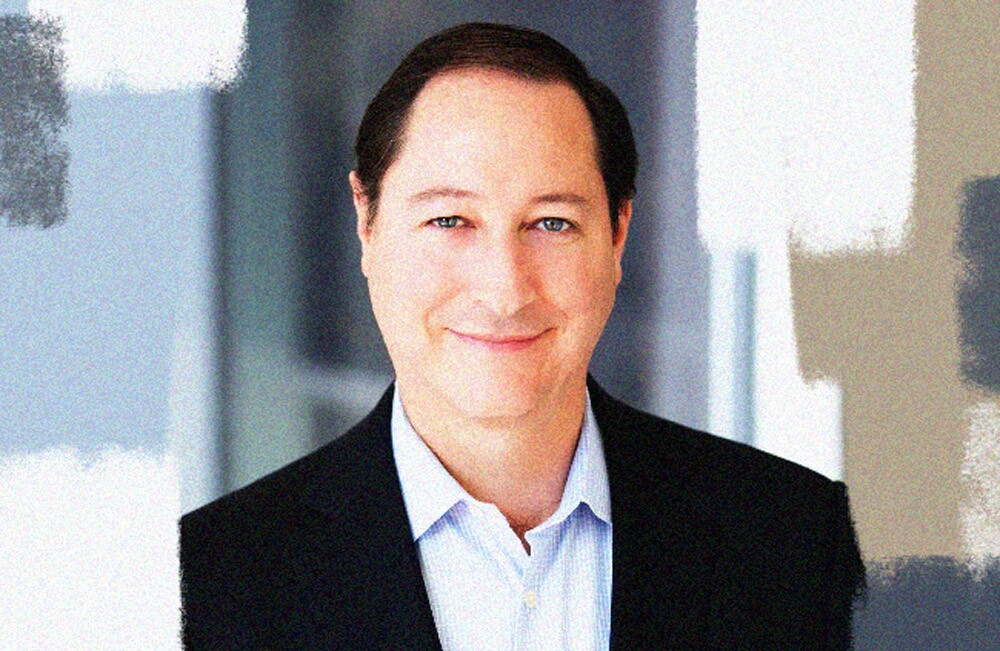It’s easy to see why even the most experienced investors and market strategists are bearish about the markets. But hedge fund manager Jordi Visser argues that the S&P 500 will hit new highs this year, despite Russia’s bloody war in Ukraine and the Federal Reserve’s increasingly hawkish stance on interest rates.
While not discounting he human cost of the Ukraine invasion or the grisly prospect of a wider war, Visser said, “when World War III is a highly searched trend, it’s not the time to be bearish.” Visser, president and CIO of $4 billion Weiss Multi-Strategy Advisers, said one gauge he looks at to forecast recessions is the 200-day moving average of the S&P. Speaking during his podcast, he said he assesses year-over-year data and watches for the rate of change to slow down. But right now “it’s pointed upward. Whenever it’s pointed upward, I view it as being in a bull market until we get a downward move, and we’re not there,” he said.
The firm, a market neutral hedge fund pioneer, was founded 40 years ago by George Weiss. It recently restructured around the concept of integrating human portfolio managers with a data science approach to investment decisions.
The hedge fund manager noted that the speed at which current headlines and ghastly images from the war in Ukraine have turned investors bearish is remarkable, particularly compared to the last downturn in 2008. “To watch how slow the recession in ’08 was when the housing market in the U.S. had peaked in very clear fashion in March 2007.” That year, mortgage insurers and others involved in the housing markets were going under “but people were still optimistic. The smartphone wasn’t there to highlight all these dramatic end games,” he said. Instead people had to actively search for new information. For him, “the bearish sentiment [now] makes sense because people are extrapolating what is a moment in time.”
Visser’s bullish outlook on stocks and the economy isn’t diminished by the Fed’s hawkish tone, a stance that hasn’t been seen in decades. Essentially, the Weiss CIO believes interest rate policy has to be viewed within the larger context of the nominal growth of GDP. With that in mind, the Fed is still being accommodative.
“I think people’s fears over the Fed do not take into account that they are so far behind the curve that they can’t slow the economy down by moving at the pace that they are. When you take an inflation rate of 7, 8 percent, in one year, you’ll have rates somewhere around 1 and a half to 2 percent based on the tightening in there. It will still be way below nominal GDP.”






